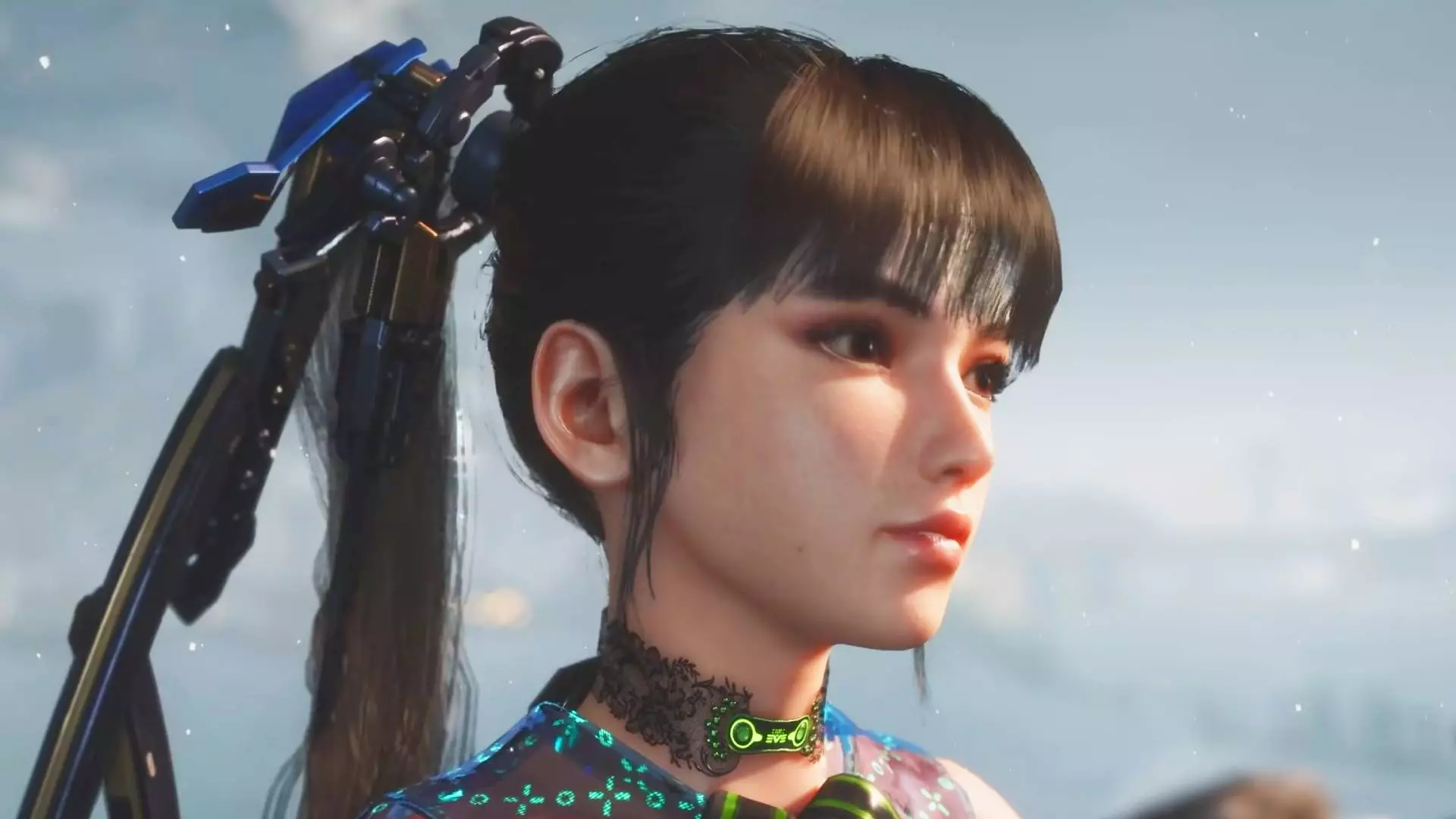Gaming has seen a meteoric rise in both graphics quality and system requirements over the last decade. It can be disheartening for enthusiasts to discover that their beloved titles demand a robust rig that strains their budget. Yet, Sony’s Stellar Blade turns this trend on its head with its refreshingly modest system requirements. The ability for even older, budget-friendly PCs to tackle this new wave of gaming is not just a win; it’s a potential game-changer in the industry.
Stellar Blade utilizes Unreal Engine 4, a platform that prioritizes versatility, allowing developers to optimize visuals while maintaining accessibility for gamers. This accessibility is crucial, particularly as gaming continues to proliferate among diverse audiences, including those with less powerful machines. The demand for rich storytelling and stunning graphics should never alienate players with less money in their pockets. Stellar Blade stands as a testament that it is possible to strike a balance between cutting-edge visuals and broader accessibility.
Minimal System Requirements Open Doors
The system requirements for Stellar Blade are remarkably forgiving. Featuring just an Nvidia GeForce GTX 1060 or an AMD Radeon RX 580 to achieve a smooth 1080p at 60 fps, even a rig assembled over six years ago can still relish in the game’s visual richness. These GPUs are not just relics of a past generation; rather, they signify that powerful gaming experiences don’t always hinge on the latest hardware.
Flexible CPU requirements also expand the potential player base. With options like the Intel Core i5 7600K and the AMD Ryzen 5 1600X, even gamers using older setups can jump into the action without emptying their wallets. This strategic design of Stellar Blade sends a positive message: ambitious games can, indeed, cater to both high-end users and budget-conscious gamers.
Unlocking the Full Power
While running Stellar Blade on lower settings impressively negates demands on hardware, what if you’re someone with a powerful GPU? Unlike many current titles that fail to capitalize on premium hardware, Stellar Blade appears to embrace power with open arms. Gamers wielding an Intel Core i5 8400 or AMD Ryzen 5 3600X coupled with an Nvidia RTX 3080 or Radeon RX 7900 XT can expect to experience the game in lush 4K at very high settings.
Details matter in an action-adventure game like Stellar Blade, where visuals and fluidity are crucial for the combat experience. With options for NVIDIA’s DLSS 4 and AMD’s FSR 3 technology, players can benefit from stunning visuals combined with enhanced performance, proving that high-end rigs won’t just deliver graphics, but an exhilarating, high-frame-rate experience essential for hack-and-slash gameplay.
The Questions Beyond Specifications
Yet, system requirements are just one aspect of the gaming experience. The performance quality of PC ports has been under scrutiny, especially with Sony’s increasing catalog entering the PC realm. For instance, while titles like Horizon Zero Dawn and God of War performed admirably, others such as The Last of Us Part 1 faced significant criticism for their performance on the platform. The varied quality of ports raises questions about consistency in developer execution and optimization.
As gamers prepare for the June 11th launch of Stellar Blade, the anticipation swells not just for its accessible specs but also for how it will perform visually and technically upon release. The significant depth of excitement lies in the hope that this title, since it emerges from a reputable legacy, will not falter in the actual gameplay experience, creating a concurrent relationship between powerful graphics and smooth performance.
Looking Forward: A Trendsetter?
Sony should not rest on its laurels after Stellar Blade’s release. If this title performs well, it may set a precedent for future ports. That might catalyze a broader movement where quality titles prioritize both advanced and minimal hardware requirements. By paving the way for inclusivity in gaming, Stellar Blade could spell a promising future for a diverse range of players.
With developers increasingly aware of their audience’s varied hardware, we can hope for a renaissance where delivering quality gaming experiences becomes synonymous with accessibility. Stellar Blade might just be the first of many steps towards this evolving future, heralding a new era where the thresholds of gaming are lowered, welcoming more players into the fold.


Leave a Reply